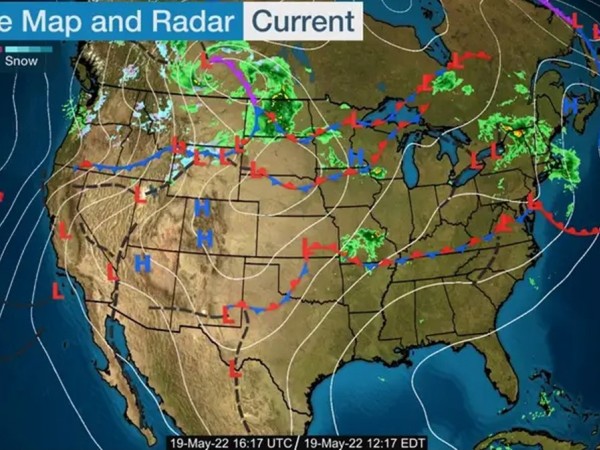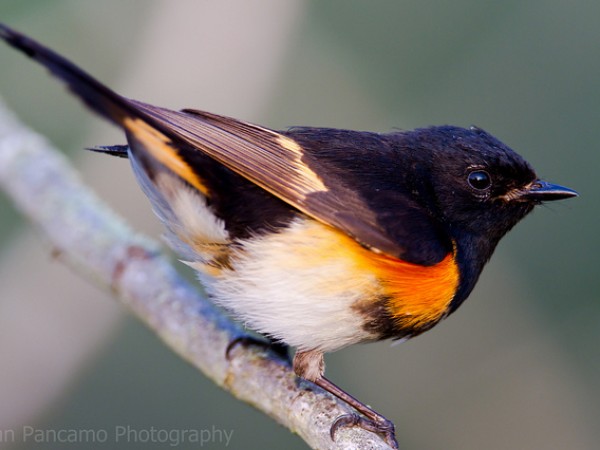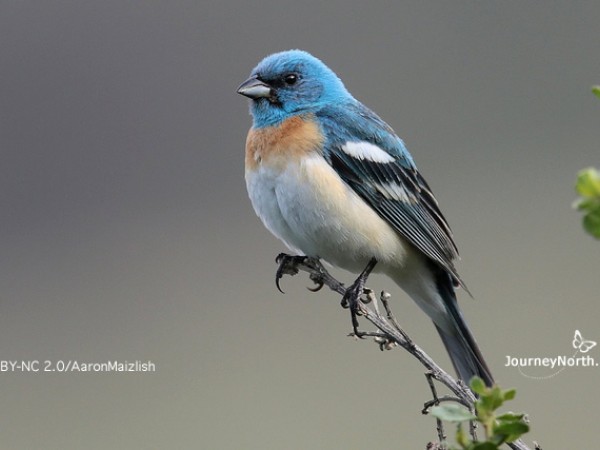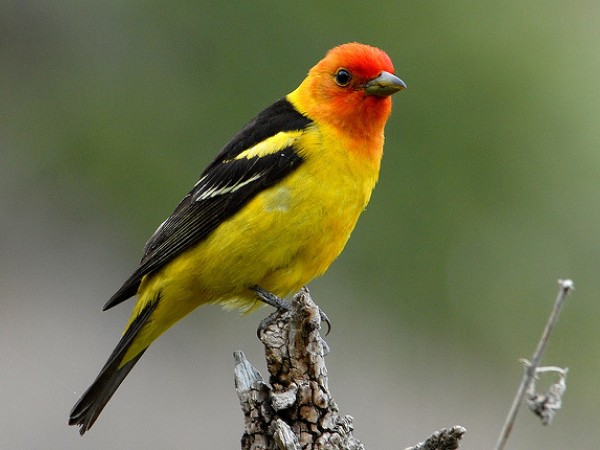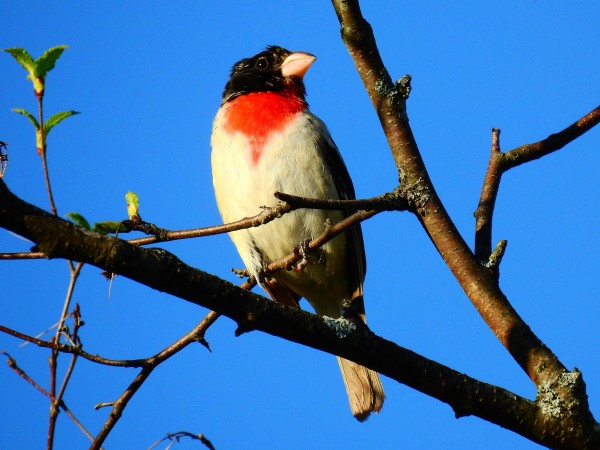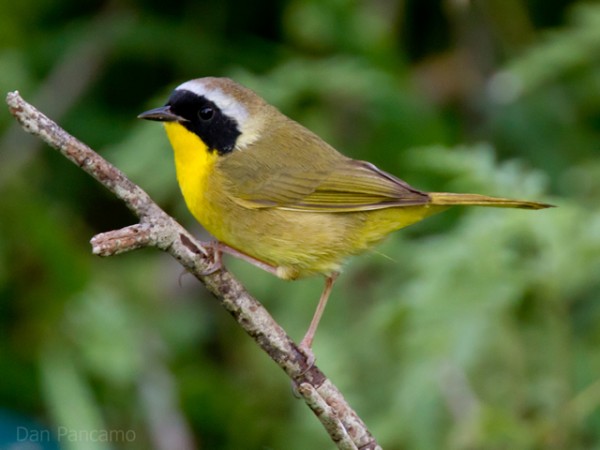Dr. David Aborn's 2022 Weather Forecasts for Migrating Songbirds #9
Published: 05/19/2022
Dear Journey North Readers,
Migration is almost over for the entire southern half of the country, with no reports of new arrivals or other activity. For the northern regions of the country, however, it has been very active. Southerly winds have allowed migrant to continue heading north, and rain in New England and the Pacific Northwest have made for some big fallouts. In New York City, birders were treated to 20 warbler species, 6 vireo species, and 9 flycatcher species! Among the warblers, American Redstarts, Blackpoll Warblers, and Magnolia Warblers were the most numerous. Birders in New Hampshire also saw many redstarts and blackpolls, along with Yellow warblers and Bay-breasted Warblers. Maine saw an influx of Gray Catbirds, Wood Thrushes, Veerys, Ovenbirds, redstarts, and Chestnut-sided Warblers.
In the Midwest, Minnesota saw the largest arrival of migrants, with 20 warbler species and 5 vireo species seen. The most seen migrants were American Redstarts, Indigo Buntings, and Baltimore Orioles. A little farther west, in the Rockies, Yellow Warblers and Gray Catbirds were abundant from Colorado up to Idaho and the Dakotas. Swainson’s Thrushes were also a common sight in Colorado, as were Lazuli Buntings in Idaho, and Baltimore Orioles in the Dakotas.
The Pacific Northwest was also very active with migrating birds. There was a large influx of Swainson’s Thrushes and Olive-sided Flycatchers in Oregon, while birders in Washington were treated to a fallout of Western Tanagers, Wilson’s Warblers, Yellow warblers, and Warbling Vireos. Good flying weather even allowed more migrants to make it up to Alaska, with the arrival of more Orange-crowned Warblers.
The coming week looks to be a repeat of last week. The jet stream is still over the northern part of the country, which means there will be southerly winds to help the last batch of migrants make it north. There are a couple of fronts the are bringing rain to the northern Great Plains and to New England, which will force migrants to land, creating more potential fallouts. Once those fronts clear, there is nothing coming in from the Pacific; migrants should be able to move again by early next week.
We are not done with migration, so get out and see it while you can!
Take care.
David Aborn

